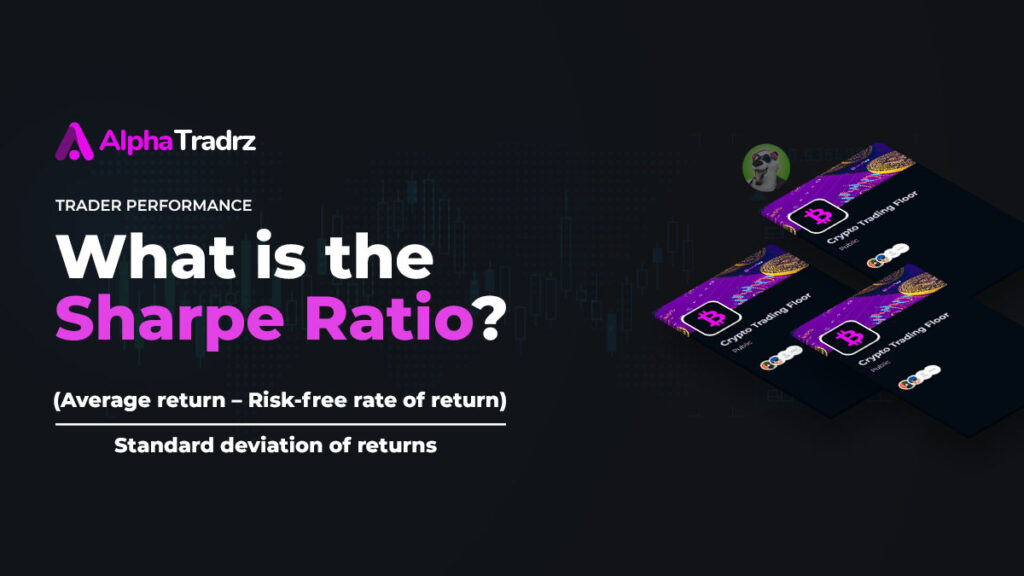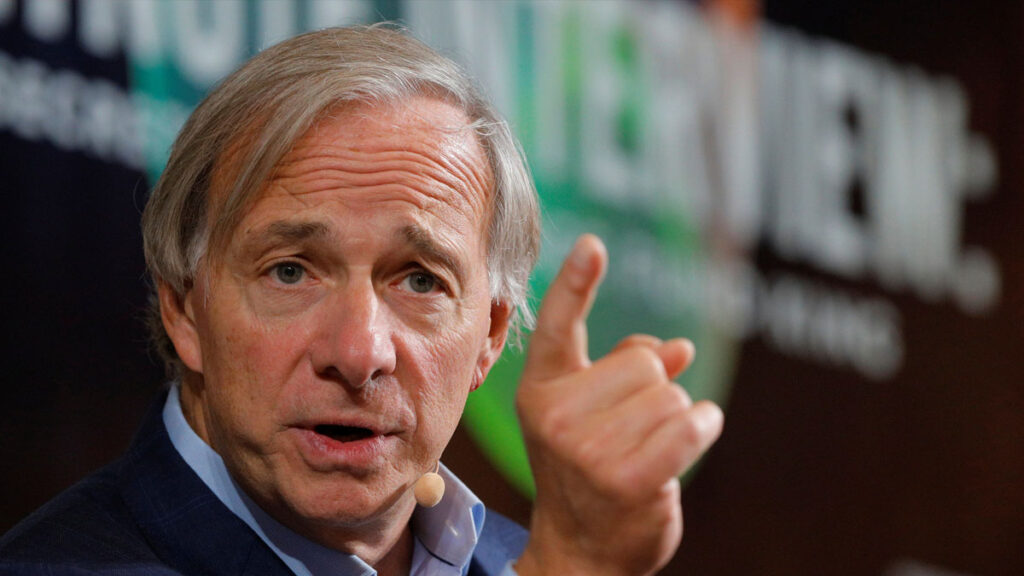Sharpe Ratio

What is a Sharpe Ratio?
The Sharpe ratio is a widely used metric in finance for evaluating the performance of investments by taking into account both their returns and their risk. It is a risk-adjusted measure that compares the average return of an investment to the risk-free rate of return, and provides a way to compare the expected returns of different investments by taking into account both their returns and the risk they carry.
How to calculate the Sharpe Ratio
The formula for the Sharpe ratio equation is:
Average Return
The average return of an investment is calculated by taking the sum of all the returns over a specific period of time, and dividing it by the number of periods. For example, if an investment has returns of 10% in the first year, 5% in the second year, and -3% in the third year, the average return would be (10 + 5 – 3) / 3 = 6%.
Risk Free Rate of Return
The risk-free rate of return is typically the return on a government bond, which is considered to have no risk. This rate is used as a benchmark to compare the returns of investments with a higher degree of risk. For example, if the risk-free rate of return is 3%, an investment with a return of 6% would have a higher return than the benchmark, while an investment with a return of 2% would have a lower return.
Standard Deviation of Returns
The standard deviation of returns is a measure of the variability of returns around the average. It measures how far the returns are dispersed from the average. A higher standard deviation of returns indicates a higher degree of risk, while a lower standard deviation of returns indicates a lower degree of risk.
The Sharpe ratio provides a way to assess the performance of an investment by taking into account both its return and the amount of risk taken. A higher Sharpe ratio indicates that an investment has provided higher returns for a given amount of risk, and is therefore considered a better investment. A lower Sharpe ratio suggests that an investment has lower returns for a given amount of risk, and is therefore considered a less attractive investment.
One important thing to keep in mind when interpreting the Sharpe ratio is that it is based on historical data, and may not accurately predict future performance. In addition, the Sharpe ratio is just one measure of investment performance, and should be considered along with other metrics such as alpha, beta, and the Treynor ratio, among others.
In conclusion, the Sharpe ratio is a widely used metric in finance for evaluating the performance of investments. It provides a way to compare the expected returns of different investments by taking into account both their returns and the risk they carry. It is a risk-adjusted measure that compares the average return of an investment to the risk-free rate of return, and is a valuable tool for investors looking to make informed decisions about their investments.
FAQs about the Sharpe Ratio
A “good” Sharpe ratio can vary depending on the context, the investment in question, and the investor’s risk tolerance. In general, a higher Sharpe ratio is considered better, as it indicates that an investment has provided higher returns for a given amount of risk.
As a benchmark, a Sharpe ratio of 1 is considered acceptable, while a Sharpe ratio of 2 or higher is considered excellent. However, these benchmarks can vary depending on the type of investment, the market conditions, and the investor’s risk tolerance. For example, investments with a higher degree of risk, such as stocks, may have a higher expected Sharpe ratio than investments with a lower degree of risk, such as bonds.
A Sharpe ratio of 0.5 indicates that an investment has provided returns that are 0.5 units of standard deviation higher than the risk-free rate of return. The standard deviation is a measure of the variability of returns around the average, and is used to capture the risk of an investment.
A Sharpe ratio of 0.5 is considered to be below average, but it is not necessarily a bad thing. It depends on the investment in question and the context. For example, if the risk-free rate of return is low, a Sharpe ratio of 0.5 might still provide attractive returns for a given level of risk.
Additional Resources
Other useful resources on the topic of Sharpe Ratio can be found below:






Responses